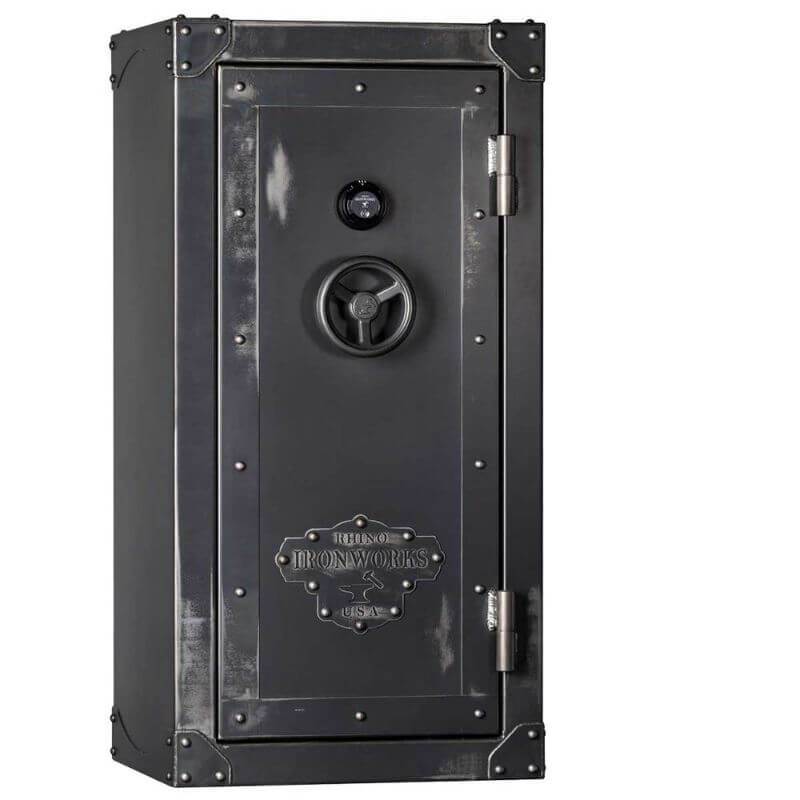

- #Sun tool in rhino for mac how to#
- #Sun tool in rhino for mac pdf#
- #Sun tool in rhino for mac install#
- #Sun tool in rhino for mac full#
- #Sun tool in rhino for mac software#
Cyber criminals demand payment of a ransom (usually in bitcoins) to unlock your files. A ransom demand message is displayed on your desktop.
#Sun tool in rhino for mac full#
Threat Summary: NameĪvast (Win32:Trojan-gen), BitDefender (9EA986), ESET-NOD32 (A Variant Of Win32/Filecoder.NPI), Kaspersky (), Full List Of Detections ( VirusTotal)Ĭannot open files stored on your computer, previously functional files now have a different extension (for example, my.docx.locked).
#Sun tool in rhino for mac software#
Fake software updaters infect systems by installing malicious programs rather than updates/fixes, or by exploiting bugs/flaws of outdated software that is installed on the computer.

#Sun tool in rhino for mac install#
These tools can install malware rather than bypassing activation of any licensed software. Unofficial activation ('cracking') tools, which supposedly activate licensed software free of charge, are used to spread malware. In summary, by opening files downloaded through channels of this kind, users risk causing installation of ransomware or other malware.

These channels are often used to distribute malicious files.
#Sun tool in rhino for mac pdf#
Cyber criminals usually send emails that contain malicious Microsoft Office documents, executable files (.exe), archive files (RAR, ZIP), JavaScript files or PDF documents.Įxamples of dubious file and software download channels are Peer-to-Peer networks (e.g., torrent clients, eMule), third party downloaders, free file hosting websites and freeware download web pages. When opened/executed, these files install malicious software. Spam campaigns are used to distribute malware by sending emails that contain malicious attachments and/or website links designed to download malicious files. I.e., they install other software of this kind. When installed, Trojans often open 'backdoors' for other malicious programs. Trojans can spread malware only if computers are already infected with them. In most cases ransomware and other malware is distributed via Trojans, spam campaigns, untrusted file and software download channels, unofficial activation ('cracking') tools and fake software updaters. As mentioned above, the only way to avoid data loss free of charge is to restore files from a backup.įor this reason, it is important to have data backed up and stored on a remote server and/or unplugged storage device. Typically, victims cannot decrypt files without specific tools held only by developers of the ransomware, unless the malware contains flaws/bugs or is not finished. Main differences are size of a ransom and encryption algorithm ( symmetric or asymmetric) that ransomware uses to block access to data.
#Sun tool in rhino for mac how to#
This malware usually encrypts data and provides victims with instructions about how to pay the ransom (buy a decryption tool/key). Other examples of ransomware include Lesli, Dec and Lalo. Screenshot of a message encouraging users to pay a ransom to decrypt their compromised data: Although, already affected files remain encrypted even after removal. Ransomware-type programs can be prevented from causing possible further encryption by uninstalling them from the computer. Note that victims who pay these ransoms tend to be scammed - they do not receive any decryption tools/keys even after payment. In such cases, the only way to recover files without having pay a ransom is to restore them from a backup. Unfortunately, there are no other free tools that can decrypt files compromised by Rhino. Commonly, only the ransomware developers have tools that can decrypt files compromised by their programs. Victims are offered free decryption of one encrypted file, which can be sent to Rhino's developers before payment. Instructions about how to pay can be received by sending an email to or is stated that cost of decryption depends on how quickly these cyber criminals are contacted. The "info.hta" and "ReadMe_Decryptor.txt" ransom messages state that victims can decrypt their files with a decryption tool, which can be purchased from Rhino's developers for a certain sum of Bitcoins. Both of these files contain the ransom messages. Rhino also drops the " info.hta" file in the " %APPDATA%" folder and the " ReadMe_Decryptor.txt" file on the desktop. rhino" extension to their filenames.įor example, it would rename a file called " 1.jpg" to " " 2.jpg" to " and so on. Rhino renames encrypted files by adding the email address and appending the ".

Like other malware of this type, it encrypts files on infected systems and encourages victims to pay a ransom to recover them. Rhino is a part of the Dcrtr ransomware family.


 0 kommentar(er)
0 kommentar(er)
